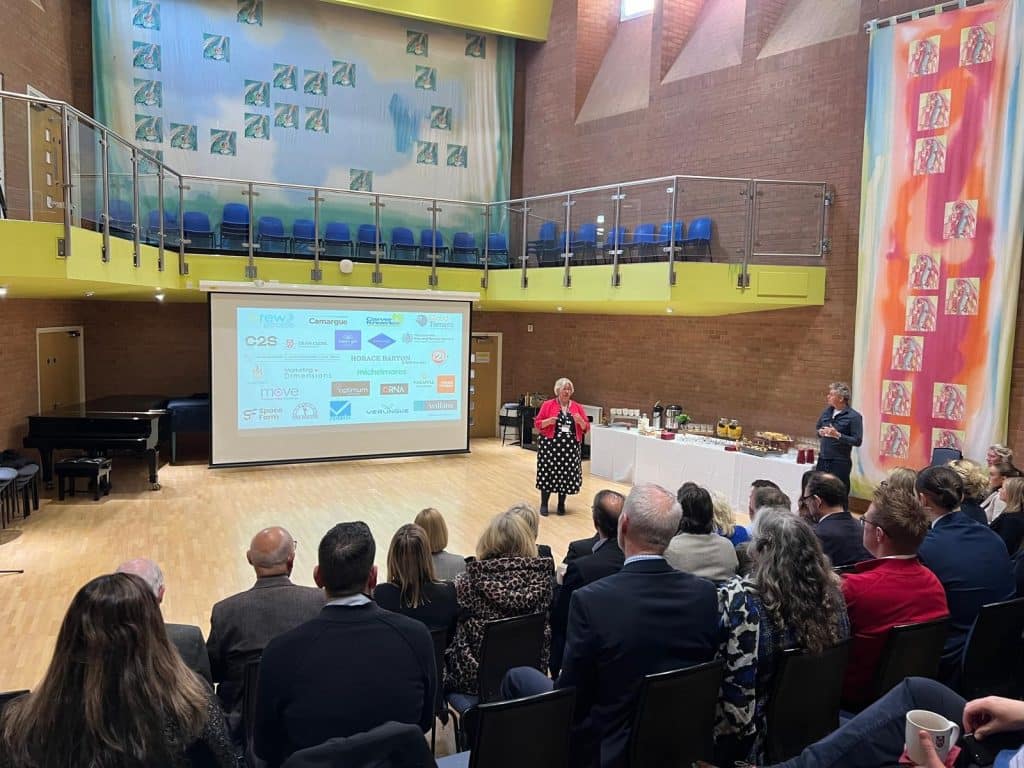
My summary on the changes? More complexity, red tape and scope for claimants to trip up, coupled with greater power for HMRC to remove claims unchallenged. Reduced claims for companies relying on input from around the globe. Some good news in expanded qualifying costs and rectifying some anomalies.
Previously announced changes now legislated marked (P)
The good…
- (P) Adding data and cloud computing costs to the definition of qualifying costs.
- Some tidying up of anomalies which meant certain SME’s moving to large status didn’t get a year of grace, to deal with companies ceasing to trade because of intra-group transfers, and to include the Health and Social Care Levy as a qualifying staff cost.
The bad…
- (P) Moving to only UK expenditure qualifying in relation to payments to subcontractors, for externally provided workers or for contributions to independent research (e.g. payments to universities). Exceptions to this are where it isn’t possible to carry out the activities in the UK – the example given is deep ocean research. Going overseas for services due to cost or resource availability will not make the expenditure qualifying. Notably, the restriction to UK costs doesn’t apply when looking at employees of the claimant company.
- The introduction of a requirement to submit certain information when making a claim, to include the name of agents used and a director approving the claim. More detail as to what needs to be included and the format of the submission is to follow in regulations (not yet published).
The ugly…
- New claim notification requirement for companies who haven’t claimed previously, or have had a 3 year break from making claims. This notification has to be made within 6 months of the last day of the accounting period. Regulations setting out the detail around this notification are not yet available. This one is a worry! It’s entirely possible that start-ups might not even be aware of these reliefs until after the 6 month window has passed. It seems unfair to block claims under this 6 month notification requirement when there is a 2 year period to make a claim.
- A new ability for HMRC to remove claims, without scope for challenge by the claimant, where they consider that the necessary information hasn’t been provided on submission, or where the 6 month notification hasn’t been met. Companies aren’t precluded from submitting a new claim where they are in time to amend their tax documents, but if that window has passed there seems little scope for recourse. Claimants and their advisors are going to have to be exceptionally diligent in their filings as this appears to leave no scope for human error or omission.
Patent Box
Some of the amendments to R&D definitions, notably to add data and cloud computing costs to the qualifying costs list, copy across to the patent box rules.
Others don’t. For example, the move to exclude overseas subcontractor costs from being qualifying costs applies only to R&D and does not carry through to the patent box definitions for the purpose of the R&D nexus fraction.
This adds another level of complexity and record keeping for companies who are claiming R&D reliefs and then patent box reliefs on the developed products / processes. We often see UK companies with overseas subsidiaries providing contracted services. In these scenarios, R&D claims will be lower, but the R&D nexus fraction is also reduced as these overseas connected subcontractor costs, although no longer attracting R&D reliefs, still have a negative impact on the R&D fraction for patent box and therefore still need to be carefully tracked.
To find out what R&D relief your business is eligible for, get in touch with the team.




